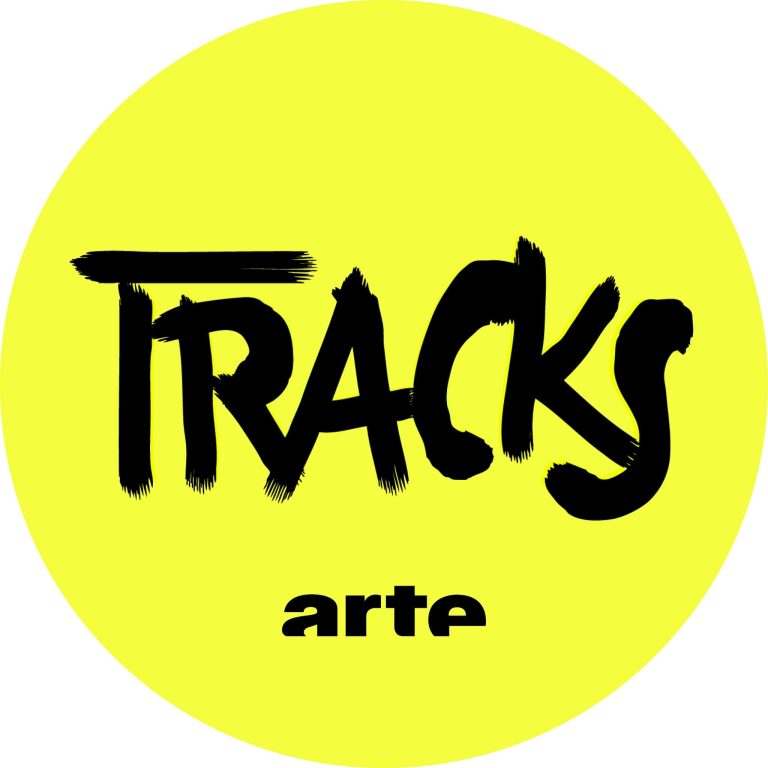Léo Hamelin
Filmmaker and illustrator
January-March 2025

- New Media
- Los Angeles
- New York
“Laughing releases endorphins and reduces stress. That’s nice, but there’s more: shared laughter actually brings people together. Studies have shown that strangers who laugh at the same joke feel more connected and inclined to like each other. In our stressed-out and polarized society, that seems quite important, doesn’t it? Of course, there’s a caveat: the ever-changing complexity of what is OK to laugh about.“
Growing up, my family’s frequent relocations across different countries left me grappling with confusion around language, culture, and customs. Early on, I started drawing cartoons – a perfect icebreaker for a kid seeking connection.
Fast forward to today: as a documentary filmmaker and non-fiction comic writer, I spend more time in other people’s homes than my own. I’ve reported from over 30 countries and traveled in almost every state in the US. Yet, there’s a common thread in all my work: exploring what connects us.
As a third-culture child and storyteller, I have always found that laughter is one of the most universal ways to connect. It’s become a hallmark in my work, especially in projects that aren’t funny. In “Fun & Dying,” a Brut doc about a 26-year-old cancer patient, Danna jokes about being terminally ill with guys on dating apps. “Quiet No More,” a New Yorker documentary about the Charleston Church Massacre, tells the story of Sharon Risher and her struggle to forgive her mother’s killer. With Sharon, as with many who have experienced trauma, laughter is often as deeply moving as grief.
At Villa Albertine, I aim to understand humor’s role as a “social glue” in the US. Through documentary storytelling and comic artistry, I will explore the shifting cultural and political climate around “what’s funny” and question clichés about American humor: Is “cancel culture” strangling comedy? Are younger Americans “too woke to joke”? Or is “what’s not funny” just a reflection of important societal changes?
Léo Hamelin is a documentary filmmaker, illustrator, and educator. As Head of Documentaries at Brut. America, she directed immersive short-docs on social issues. Prior, she directed two New Yorker documentaries, “Quiet No More” and “The People’s Newspaper,” and received a National Magazine Award and a Pulitzer Center grant. Léo’s visual journalism spans the US-Mexico border and Rwanda, published in The New York Times, Time, BBC, and more. She teaches at Columbia’s Journalism School, her alma mater, and holds a degree from Sciences-Po Paris. Born to a French family, she grew up in South America and Southeast Asia.
Laughing releases endorphins and reduces stress. That’s nice, but there’s more: shared laughter actually brings people together. Studies have shown that strangers who laugh at the same joke feel more connected and inclined to like each other. In our stressed-out and polarized society, that seems quite important, doesn’t it? Of course, there’s a caveat: the ever-changing complexity of what is OK to laugh about.
As a resident at Villa Albertine, I would like to explore the comedy scene in the United States and attend legendary clubs such as the Comedy Cellar in New York and The Laugh Factory in Los Angeles, as well as more remote clubs in the Midwest. The focus of my project is to uncover the evolving dynamics of free speech within stand-up comedy and how it differs across various landscapes and sociopolitical dynamics.
I intend to use both my areas of expertise to tackle this large task: video and comics. My video work will allow me to conduct interviews, showcase artists and academics, and capture performances in front of audiences or in the form of masterclasses. I am hopeful that this can turn into a fun and engaging web docu-series.
My comics will offer a first-person look at the United States as seen by an inquisitive French “host” with a béret. They will address naive questions with multifaceted answers, providing historical, sociological, and political insights. The intention is not so much to push an agenda but to have fun with the topic of, well, fun — and hopefully create a gonzo-style graphic novel that answers the question: What makes Americans laugh?
In many comedy clubs, “open-mic” sessions allow almost anyone to get up on stage. The art of stand-up has been a staple of comedy since the 1950s, and it is one of the most accessible forms of expression. While intended to be funny, stand-up is also a way of sharing deeply personal experiences — whether mundane or traumatic, whether relatable or not. In that sense, stand-up is an ideal lens to have a pulse on America.
Through my work, I would like to explore the evolution of comedic expression, the boundaries of free speech, and the impact of societal changes on humor.
I plan to visit iconic venues like the Comedy Cellar in New York, The Laugh Factory in Los Angeles, and The Second City in Chicago. These cities, as cultural epicenters, provide fertile ground to examine how humor varies across different ethnicities, backgrounds, and social contexts. I also intend to travel to Branson, Missouri, known as the “Las Vegas of the Midwest,” and lesser-known clubs to offer a comprehensive view of American humor beyond the mainstream.
Are comedians still the needle-movers of society? To answer that question, I will seek academic insights on the topics of race, gender, and identity in stand-up. I’ll attend comedy classes on campuses, including Wayne Federman’s stand-up class at the School of Dramatic Arts of USC, and NYU’s Hammerkatz, the famous on-campus sketch group. I will look into the history of censorship and obscenity laws and place cancel culture into a larger context.
I hope that this exploration will expand my creative horizons and enrich our collective conversation on humor and culture in the United States.
In partnership with

Arte Tracks

Editions Goutte d’Or

Urban Comics

